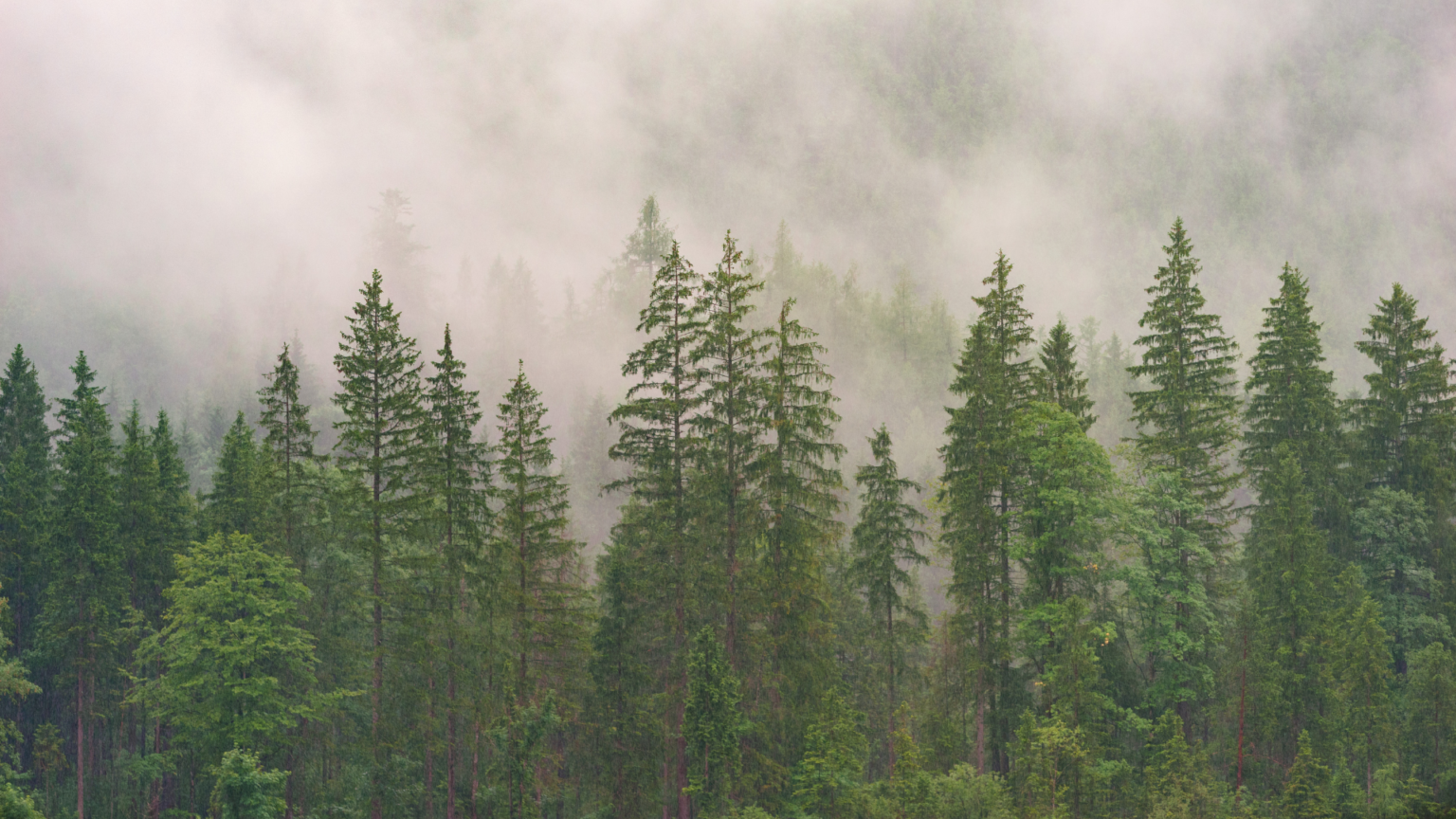A new study published in Nature Communications reveals that planting trees in the wrong locations can lead to global warming.
With the increase in restoration efforts to increase the tree cover and alleviate global warming, the study shows how tree planting in certain areas outweighs the cooling effect and leads to more heating. This results from albedo, i.e., the fraction of solar light reflected back to space by Earth.
The study by researchers at Clark University in the U.S. analyses the locations on Earth where restoration efforts to plant trees are more effective for cooling the global climate system.
Table of Contents
How misallocation of trees add to global warming?
Restoring tree cover plays a vital role in absorbing carbon dioxide and mitigating global warming, but it also impacts how much sunlight is reflected from the Earth, i.e., albedo.
Bright surfaces like snow or grasslands reflect more sunlight back to space than darker surfaces that absorb more sunlight, thus adding more heat.
Restoration of tree cover involves replacing brighter lands with dark ones. This can contribute to global warming to some extent since albedo levels vary between ecosystems.
In some instances, the positive effects of planting new trees on carbon levels can nullify the impact of albedo.
The new research shows that tree restoration regions like the Amazon or the Congo Basin significantly impact climate change. However, it differs for temperate grasslands or savannahs, where plantation increases warming.
Though reforestation is considered a solution to the climate crisis, the study suggests the estimated global climate change impact of tree restoration may be overestimated by 20-80%.
Changes in Albedo
The study maps the relative changes in albedo in regions where trees can grow. The team of researchers illustrated the impact of planting trees in the context of albedo and carbon storage.
The maps reveal that increasing tree cover in many locations will likely contribute to global warming. The locations include dryland ecosystems of central Asia, the Sahel region of Africa, and the northern reaches of Northern America, Europe, and Asia.
However, some climate-positive locations, like Southeast Asia, Central Africa, and the Amazon, show minimal changes in albedo.
This map can help find the areas best suited for planting trees across the globe. Places like tundra have adverse climate effects that reduce the overall benefit of cooling the global temperature.
Climate-friendly areas make up around one-third of the total area. The study says that focusing on such areas can reduce global warming by 2.5 times.
Solutions for planting trees
The study emphasises the role of changes in albedo and carbon removal in restoration projects.
Despite most restoration efforts being concentrated in places with high carbon removal, around two-thirds of the projects face a 20% albedo offset.
It says climate accounting, a process to quantify the number of greenhouse gases by businesses or organizations, should also consider factors like albedo changes.
The study has also developed a data platform called “naturebase” to help policymakers, governments, and communities identify where and how to implement restoration projects with the highest carbon mitigation benefits.
Restoring tree cover has many benefits, such as reducing carbon emissions, which is crucial for combatting global warming. Besides that, it helps protect biodiversity, remove pollutants from the air, stabilize soil, and promote sustainable livelihoods and cooler temperatures.
Thus, making the right choices to create environmental changes and mitigate global warming is essential.
